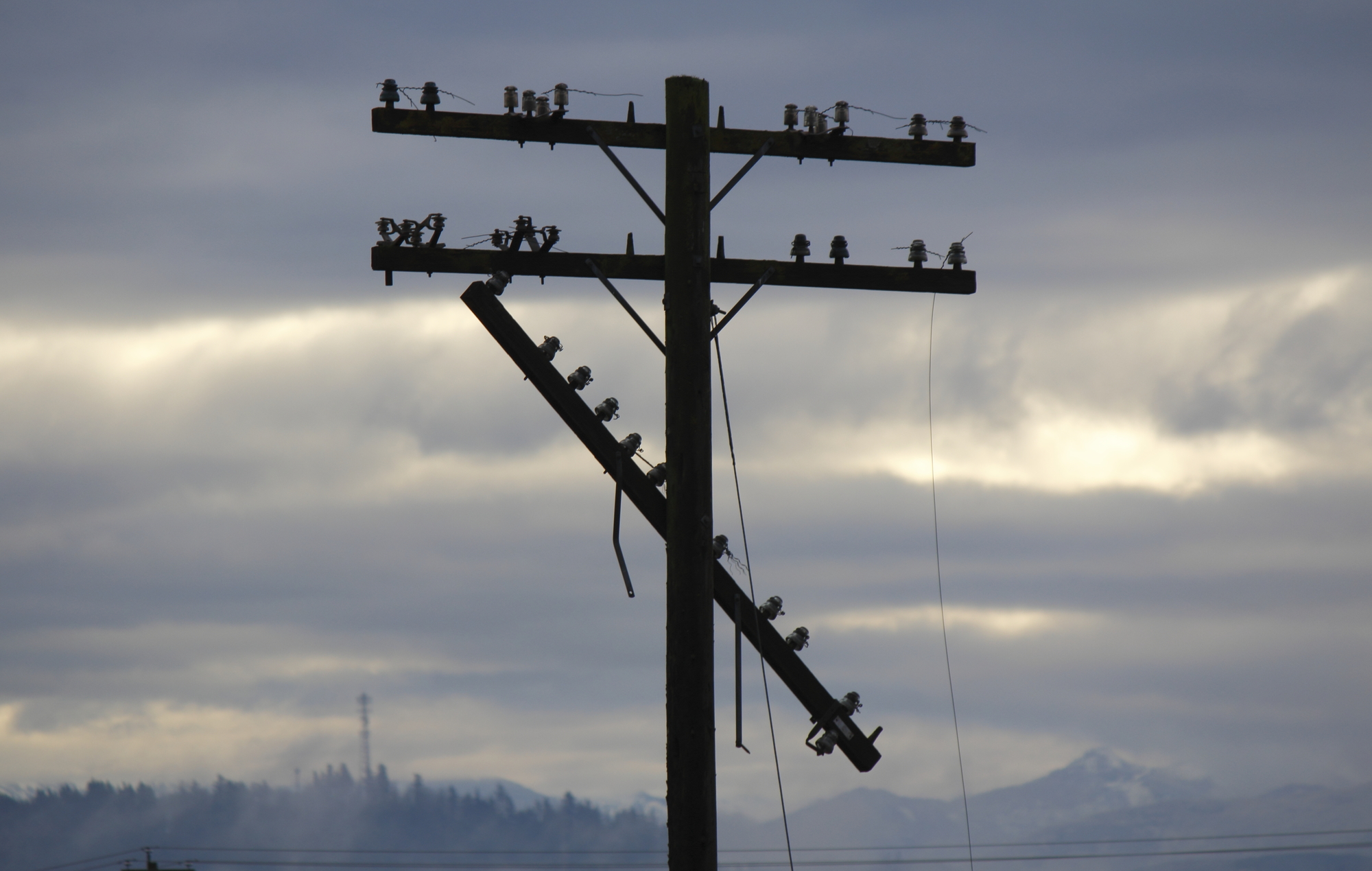

In 2020, about 34 million households in the United States experienced some degree of energy insecurity. Energy insecurity is defined as the inability to meet basic household energy needs, like reducing or foregoing basic necessities to pay energy bills. Others may maintain unsafe temperatures at home due to cost concerns, both of which are “chronic” forms of energy insecurity. Individuals may also experience “acute” energy insecurity, or a short-term disruption to energy sources due to infrastructural or environmental reasons, much like power outages.
People who need electronic medical devices and live in poor housing conditions tend to experience higher rates of energy insecurity. A recent Nature Communications study characterized power outages across the country from 2018 to 2020 and found that there were almost 17,500 power outages lasting more than eight hours. Outages of this duration are considered medically relevant because of potential health hazards for vulnerable groups, especially those who require electricity-dependent durable medical equipment (DME) such as oxygen concentrators and infusion pumps. Although some DME can have backup battery power, they only last a few hours.
“Understanding to what extent power outages affect health motivated us to create the county-level power outages dataset,” says Joan Casey, assistant professor of environmental and occupational health sciences at the University of Washington, who was involved in the study. “As our grid ages and climate change worsens, we need to understand who power outages affect.”
[Related: Fossil fuels are causing a buildup of human health problems.]
The authors used local indicators of spatial association (LISA) to identify countries with high levels of social and medical vulnerability alongside frequent power outages. In particular, counties in Arkansas, Louisiana, and Michigan experience frequent medically-relevant power outages and have a high prevalence of electricity-dependent DME use. They “face a high burden and may have more trouble responding effectively, which could result in more adverse health outcomes,” says Casey.
The authors also determined the overlap between climate events occurring on the same day as medically-relevant power outages. They reported that about 62 percent of such outages co-occurred with extreme weather events, like heavy precipitation, anomalous heat, and tropical cyclones. Furthermore, medically-relevant outages are 3.4 times more common on days with a single event and 10 times more common on days with multiple events. Weather and climate events may drive large-scale outages, but increased energy demand from an aging electrical grid may play a role in county-level outages.
Upgrading the grid and relying further on distributed generation like generating and storing renewable energy are necessary to prevent power outages and ensure that huge areas won’t go offline, says Casey. The Department of Energy intends to modernize the grid to increase resiliency, add capacity for clean energy, and optimize power delivery. The department is also investing in energy infrastructure like microgrids, which can disconnect from national infrastructure and continue to run even when the main grid is down, and grid-scale energy storage devices, which store clean electricity to help provide power during peak loads.
“Certain communities and individuals may experience more and more severe power outages or have less ability to respond,” says Casey. “These groups may be persistently marginalized and lack access to generators, charging centers, or health care.”
Communities of color have unequal access to energy generation and battery storage, even though they tend to be the hardest hit when it comes to power outages following extreme climate events. After Hurricane Maria in 2017, rural and Black communities in Puerto Rico appeared to have the longest restoration times. Higher percentages of Hispanic/Latino populations were also associated with longer outages in Florida after Hurricane Irma in 2017. Meanwhile, counties with a higher proportion of Hispanic/Latino residents faced more severe power outages during the 2021 Texas winter storm. Black residents reported more day-long outages as well.
“We need to work to understand who is most at risk during an outage and provide support to these populations,” says Casey. “This could involve preparing health systems to receive patients, community charging stations for those that rely on electricity-dependent medical equipment, or weatherproofing homes to keep indoor temperature at more optimal levels.”
[Related: Heart disease-related deaths rise in extreme heat and extreme cold.]
Developing a registry for individuals medically dependent on electricity would establish a national estimate for this vulnerable population and document their geographic location. This can help state, territorial, and local health departments prioritize efforts and anticipate the resources that first responders should deploy during emergencies. At present, the Department of Health and Human Services only keeps the record of over 2.9 million Medicare beneficiaries who need electricity-dependent DME. The number of DME users covered by other insurance programs is not known.
Jurisdictions with a high prevalence of prolonged outages could also help vulnerable populations by establishing temporary emergency power stations. Such a solution could make electricity more accessible and reduce avoidable emergency department visits, which may prevent crowding. Together, upgrading the grid, mitigating climate change, and providing alternative electricity sources can all minimize the impacts on power supply faced by vulnerable populations and communities of color.
